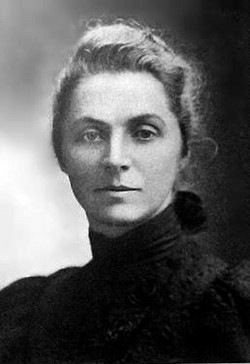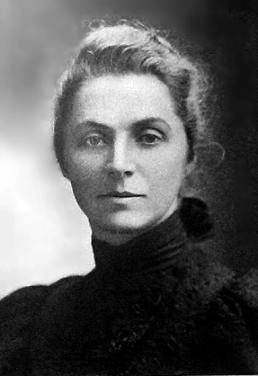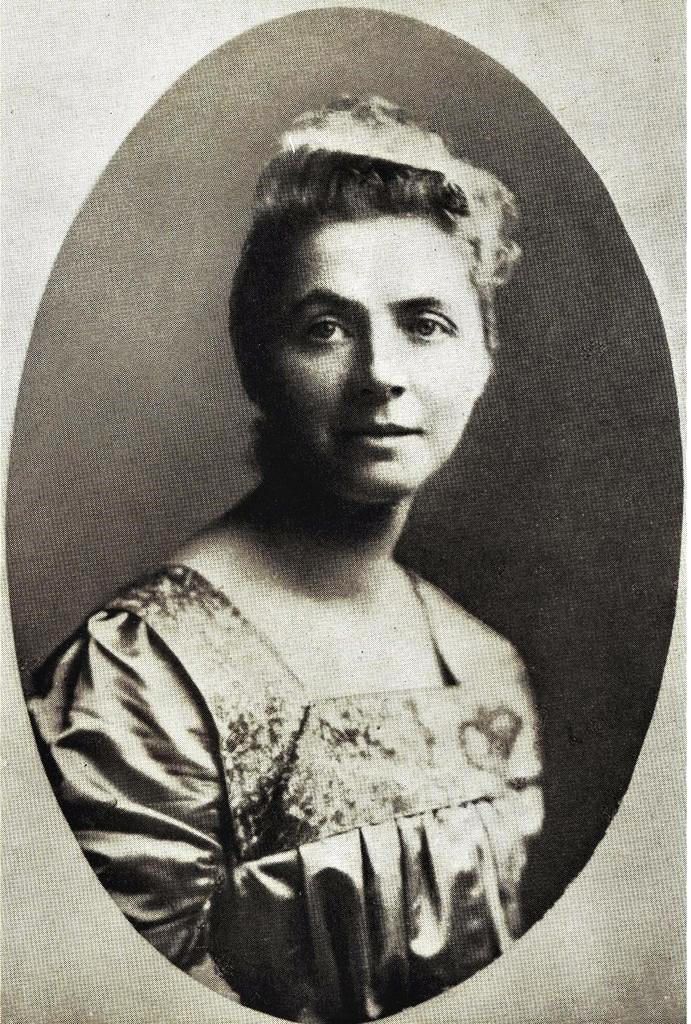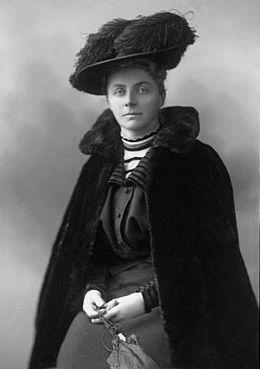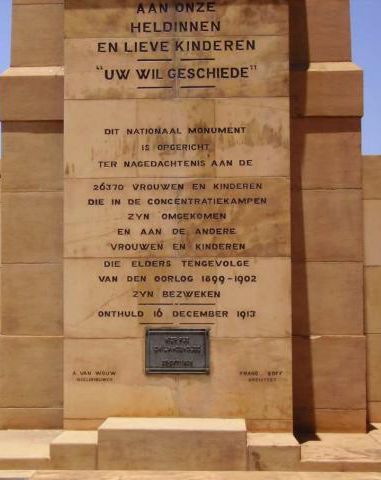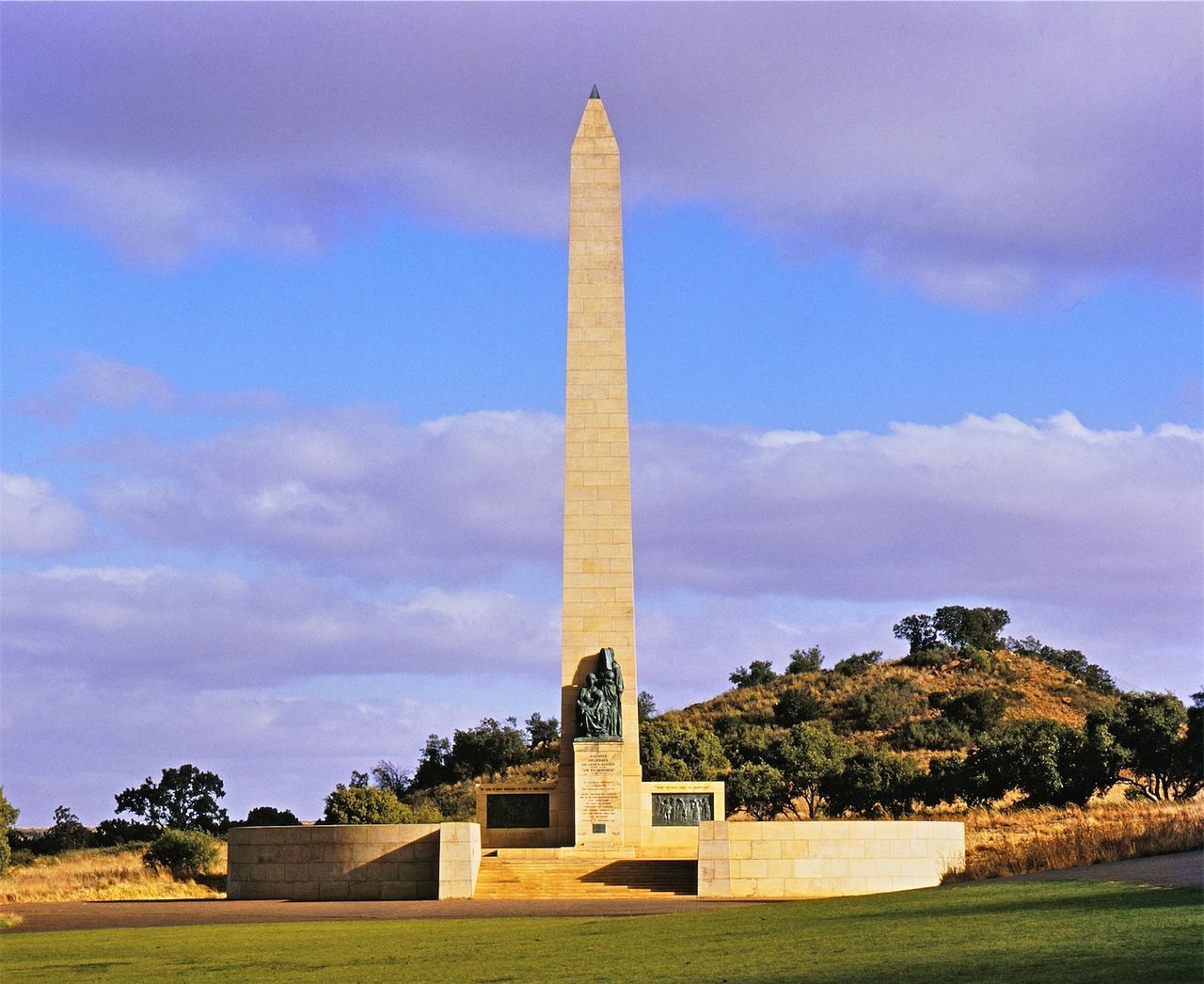Born in St Ive, Cornwall, Emily was the daughter of an Anglican priest. Her mother died when she was 20, and she spent the next fourteen years looking after her father, who was in poor health. When he died in 1895, she traveled to Minnesota to perform welfare work amongst Cornish mineworkers living there, the trip having been organised by Mary Sidgwick Benson, the wife of then-Archbishop of Canterbury, Edward White Benson.
When the Second Boer War broke out in October 1899, a Liberal MP, Leonard Courtney, invited Hobhouse to become secretary of the women's branch of the South African Conciliation Committee, of which he was president.
Shocked by the condition she witnessed in the various concentration camps, including malnutrition and crowded conditions. What most distressed Hobhouse was the sufferings of the undernourished children. Diseases such as measles, bronchitis, pneumonia, dysentery and typhoid had invaded the camp with fatal results. The very few tents were not enough to house the one or more sick persons, most of them children. Hobhouse wrote articles for newspapers and sent photographs back to England, including some featuring emaciated children.
When she returned to England she received scathing criticism and hostility from the British government and many of the media but eventually succeeded in obtaining more funding to help the victims of the war. The British Liberal leader at the time, Sir Henry Campbell-Bannerman, denounced what he called the "methods of barbarism".The British government eventually agreed to set up the Fawcett Commission to investigate her claims. All of her reports were corroborated by the Commission.
Hobhouse saw it then as her mission to assist in healing the wounds inflicted by the war and to support efforts aimed at rehabilitation and reconciliation. In later life, Hobhouse was an avid opponent of the First World War and protested vigorously against it.
Never to marry, Hobhouse died in London in 1926 and her ashes were ensconced in a niche in the National Women's Monument at Bloemfontein.
Born in St Ive, Cornwall, Emily was the daughter of an Anglican priest. Her mother died when she was 20, and she spent the next fourteen years looking after her father, who was in poor health. When he died in 1895, she traveled to Minnesota to perform welfare work amongst Cornish mineworkers living there, the trip having been organised by Mary Sidgwick Benson, the wife of then-Archbishop of Canterbury, Edward White Benson.
When the Second Boer War broke out in October 1899, a Liberal MP, Leonard Courtney, invited Hobhouse to become secretary of the women's branch of the South African Conciliation Committee, of which he was president.
Shocked by the condition she witnessed in the various concentration camps, including malnutrition and crowded conditions. What most distressed Hobhouse was the sufferings of the undernourished children. Diseases such as measles, bronchitis, pneumonia, dysentery and typhoid had invaded the camp with fatal results. The very few tents were not enough to house the one or more sick persons, most of them children. Hobhouse wrote articles for newspapers and sent photographs back to England, including some featuring emaciated children.
When she returned to England she received scathing criticism and hostility from the British government and many of the media but eventually succeeded in obtaining more funding to help the victims of the war. The British Liberal leader at the time, Sir Henry Campbell-Bannerman, denounced what he called the "methods of barbarism".The British government eventually agreed to set up the Fawcett Commission to investigate her claims. All of her reports were corroborated by the Commission.
Hobhouse saw it then as her mission to assist in healing the wounds inflicted by the war and to support efforts aimed at rehabilitation and reconciliation. In later life, Hobhouse was an avid opponent of the First World War and protested vigorously against it.
Never to marry, Hobhouse died in London in 1926 and her ashes were ensconced in a niche in the National Women's Monument at Bloemfontein.
